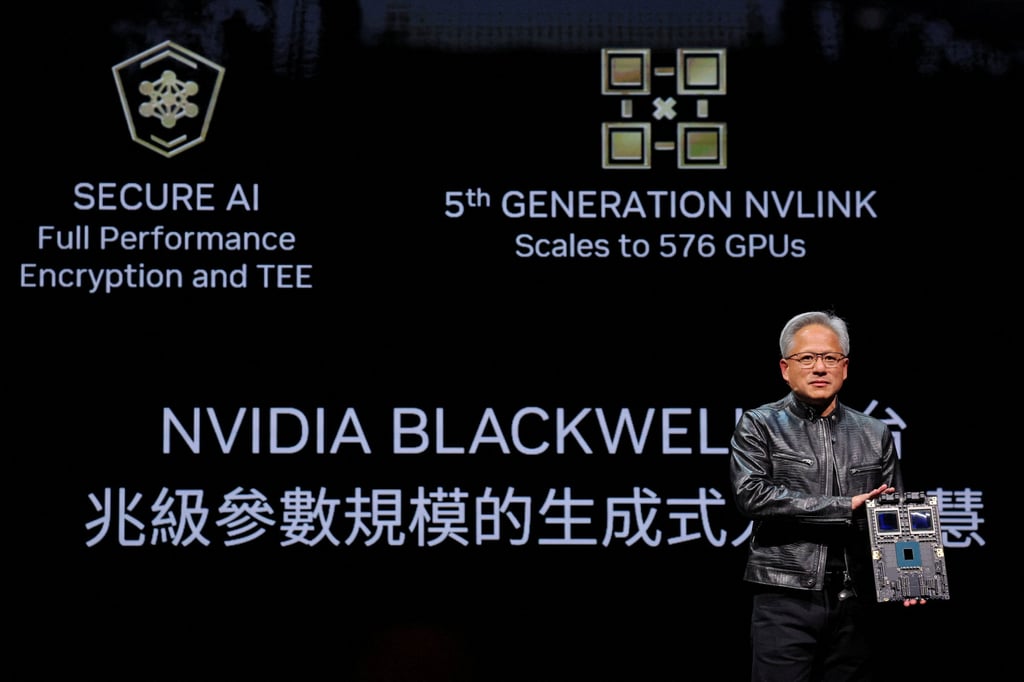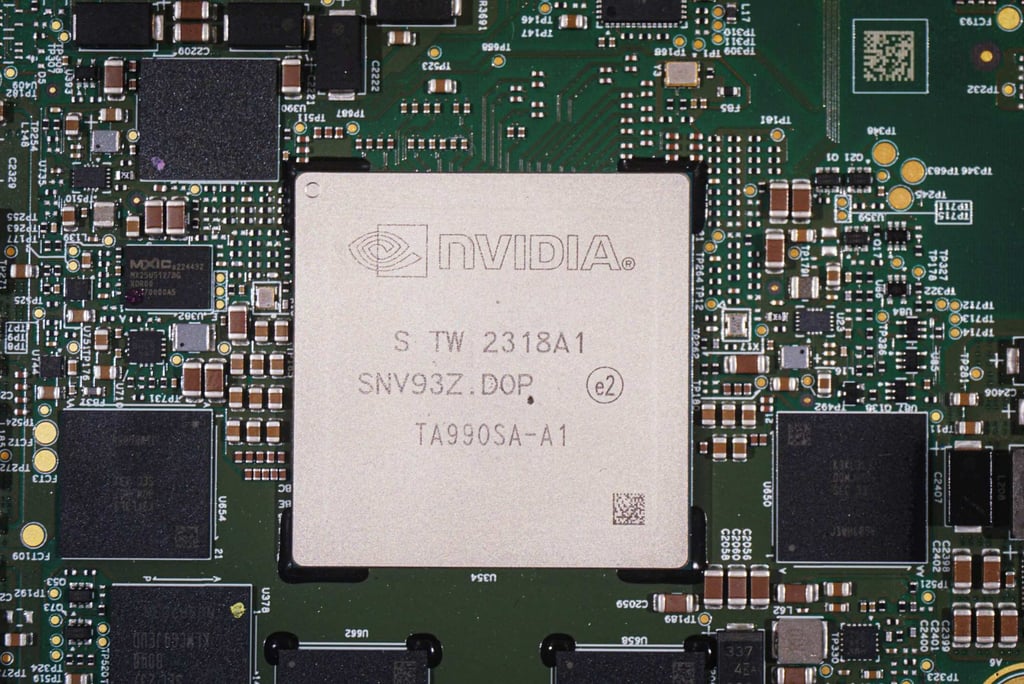Nvidia’s new China-ready GPUs face uncertainty as Washington signals more chip restrictions

The California-based chip giant has developed the B20 for Chinese customers, which is a downgraded version of its most powerful Blackwell B200 graphics processing unit (GPU) launched in March, according to two sources, including one person with direct knowledge of the matter.
Nvidia originally planned to start shipping the new chip in the fourth quarter, but that timeline may no longer be realistic as new concerns have risen that an expansion of export controls reportedly being considered by Washington could affect the product, one of the sources said, along with another person familiar with the matter.

Despite compromised computing capabilities, the B20 will compensate with improved interconnection bandwidth, which allows binding multiple cards together to make up for the lower computing power of a single GPU, according to the people.
Demand for those chips was initially tepid, but sales of the H20 – the most powerful of the batch – have grown in recent months. While some companies continue to buy smaller quantities of Nvidia’s more powerful GPUs on the black market, buying officially available chips gives them access to critical maintenance services needed for long-term support, according to the sources, who have met with Chinese Nvidia clients.

Nvidia is expected to deliver more than 1 million H20 GPUs in China this year, racking up US$12 billion in sales, according to research firm SemiAnalysis. Dylan Patel, chief analyst at SemiAnalysis, said Nvidia’s H20 still offers better performance than Huawei’s 910B, the Chinese tech giant’s leading AI chip.
The B200, Nvidia’s latest computing platform for AI workloads, offers computing power of up to 20 petaflops from 208 billion transistors. The Blackwell platform, including the B100, B200 and GB200 superchip, is expected to see production ramp up in the fourth quarter, while still accounting for less than 10 per cent of the total high-end GPU market, research firm TrendForce estimates.
Nvidia is also planning to launch a server called GB20 for the China market, according to a report from US tech news outlet The Information, citing unnamed sources. Apart from incorporating several B20 chips, the GB20 server includes central processing units (CPUs). The design is similar to that of the GB200-based server, which combines many B200 chips and its Arm-based Grace CPUs.
Source link



